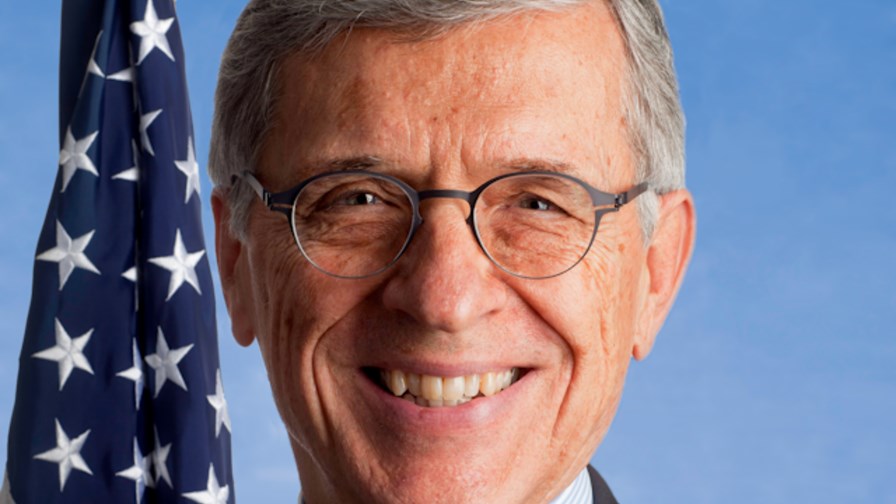
© FCC
Chairman of US regulator FCC, Tom Wheeler, has circulated a draft report and order to his fellow commissioners that looks to create a new “Citizens Broadband Radio Service” within the 3.5GHz band. The move follows a report five years ago from the National Telecommunications and Information Administration (NTIA) that identified the 3550–3650MHz band as a potential opportunity for future commercial use.
Wheeler says that at the time, there was relatively little commercial interest in this band. However, times change, and as a result of new technology innovations and a more serious focus on spectrum sharing, Wheeler believes the time is right to experiment with new business models. He believes the spectrum can be combined with adjacent spectrum to create a 150MHz contiguous band, previously unavailable for commercial use.
“It provides an opportunity to try new innovations in spectrum licensing and access schemes to meet the needs of a multiplicity of users, simultaneously,” explained Wheeler, “and, crucially, we can do all of this in a way that does not harm important federal missions.”
The proposal is structured around a three-tiered sharing model, enabled by a new Spectrum Access System (SAS) that uses cloud computing to assist with frequency coordination. “Long gone are the days of an engineer working with pencil and protractor, not to mention pocket protector, to coordinate users into a band,” quipped Wheeler.
The lowest tier, General Authorised Access (GAA), is open to anyone with an FCC-certified device and, much like licensed-exempt bands, will enable zero-cost access to the spectrum by commercial broadband users. In the second Priority Access tier enables users to acquire at auction targeted, short-duration licenses that provide interference protection from GAA users. The third and top tier is designed for incumbent federal and commercial radar, satellite, and other users, who will receive protection from all Citizens Broadband Service users.
The FCC first proposed this scheme back in April last year. Since then, much discussion has centred around the size of exclusion zones around military installations, which are now up to 77 per cent smaller than they were a year ago. However, some telcos, including T-Mobile, are reportedly looking to use this 3.5GHz spectrum for unlicensed LTE-U (or LAA) cellular coverage, in addition to the more popular choice of the 5GHz band.
The FCC should vote on the proposal later next month. “I think it provides a peek of the future, and that future is very exciting indeed,” said Wheeler.
Email Newsletters
Sign up to receive TelecomTV's top news and videos, plus exclusive subscriber-only content direct to your inbox.




